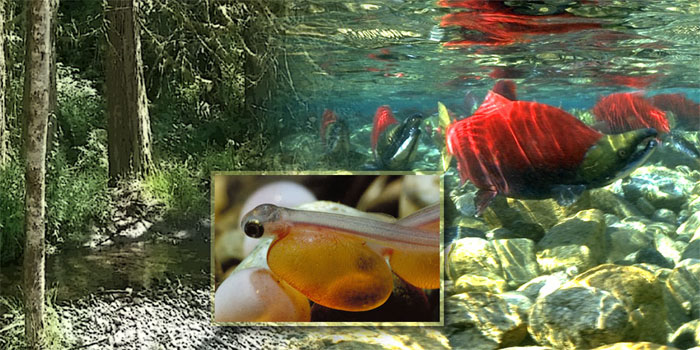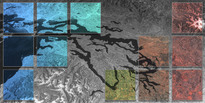SHIRAZ Model

A framework for integrated analysis of habitat, hatchery, and harvest impacts on salmon
SHIRAZ is a framework for integrated analysis of habitat, hatchery, and harvest impacts on salmon. The origins of the model date back to the early 1980s when graduate students at the University of Washington led by Ray Hilborn, Professor of Aquatic and Fishery Sciences, in coordination with the Muckelshoot Indian Tribe, developed a conceptual model of impacts to habitat and the subsequent affects on salmon population. The model is basically a guided worksheet used to organize the existing knowledge related to the capacity and productivity of streams and their impacts on salmon survival.
In coordination with Professor Ray Hilborn and collaborators at NOAA Northwest Fisheries Science Center, the University of Washington PRISM project has developed a web interface to the SHIRAZ modeling framework. This tool has been used in a course led by Jeff Richey (UW Oceanography) and Mary Ruckelshaus (NOAA Fisheries) which explored the use of modeling tools to evaluate the consequences of habitat change on salmon survival, with a particular emphasis on the role of salmon restoration activities in Puget Sound watersheds.



